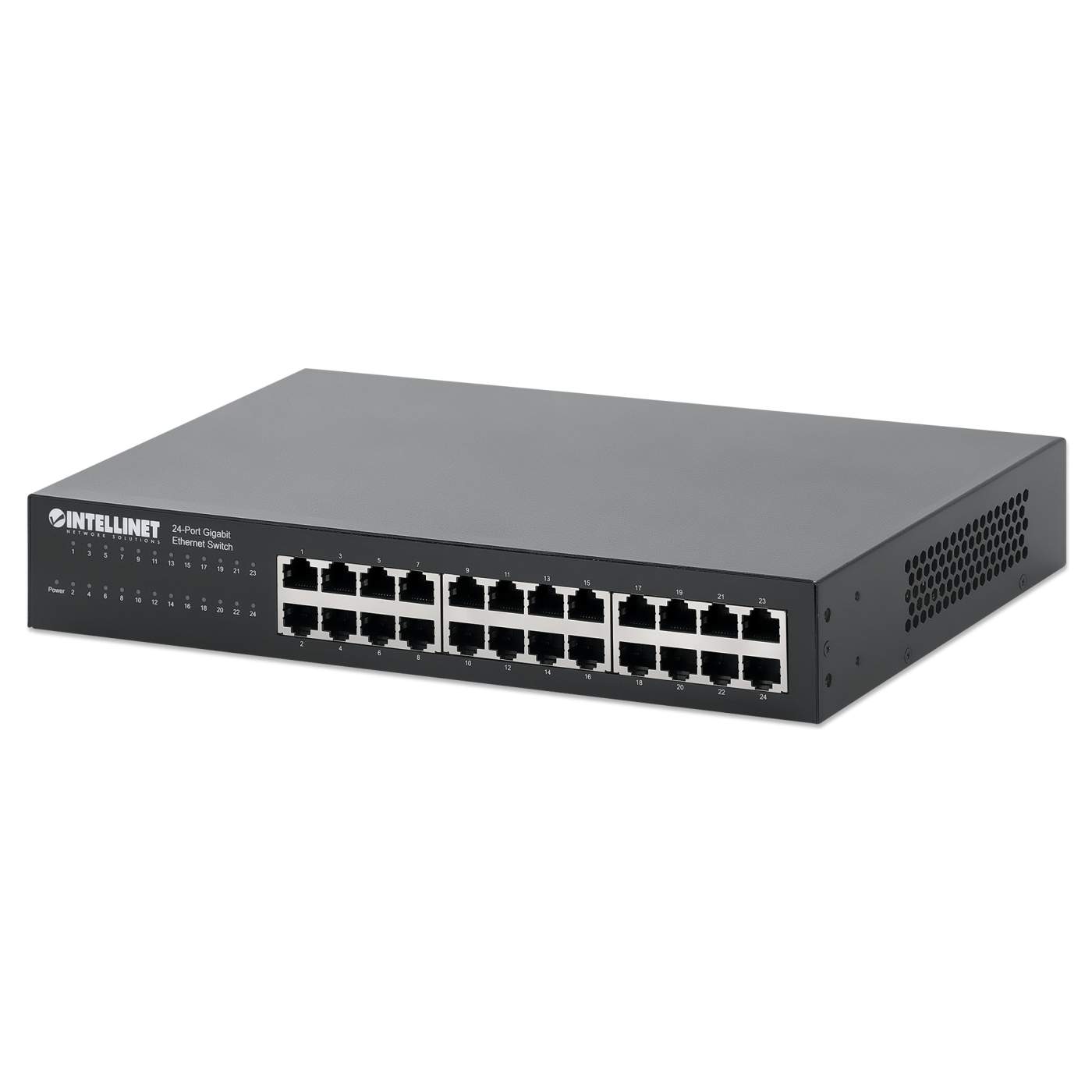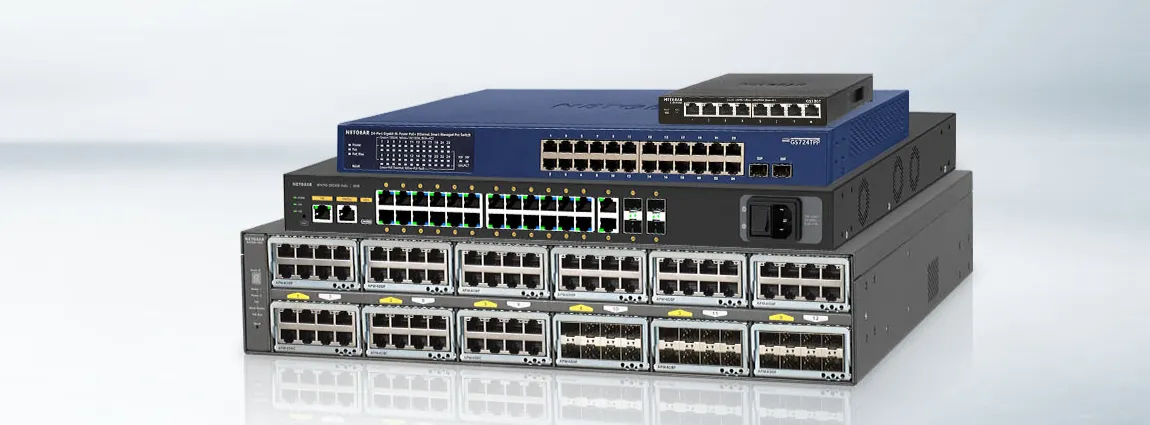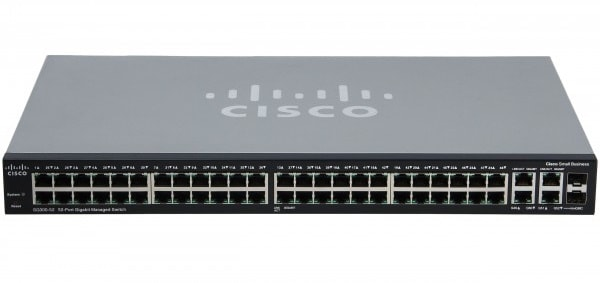In today’s digital age, online learning has become an increasingly popular method of education. With the rise of virtual learning platforms, it has become essential for educational institutions to have a reliable and efficient network infrastructure in place. One crucial aspect of this infrastructure is the network switch.
Network switches play a vital role in creating a strong and stable network environment, connecting multiple devices such as computers, printers, and servers. They act as the backbone of any network, enabling smooth data transmission and communication between devices. In the context of online learning, a robust network switch is necessary to support the growing demand for virtual classrooms and online collaboration tools.
This article aims to provide a comprehensive roundup of the top network switches available on the market that can enhance online learning communities. We will discuss the criteria for selecting the best network switches for educational institutions, review some of the top switches for small to medium-sized online learning communities, and explore advanced options for large-scale online learning platforms. Additionally, we will also discuss future trends in network switch technology and their potential impact on online education.
Overview of Network Switches and Their Importance in Online Learning

Before diving into the top network switches for online learning communities, let us first understand what a network switch is and its significance in the context of virtual education.
A network switch is a networking device that connects devices within a network, allowing them to communicate with each other. It operates at the data link layer of the OSI (Open Systems Interconnection) model and uses MAC (Media Access Control) addresses to forward data packets between devices. Unlike hubs, which broadcast data to all connected devices, switches only send data to the intended destination, making them more efficient and secure.
In online learning environments, there is a constant exchange of data between teachers and students through various applications and software. A reliable network switch can ensure that this data transmission is uninterrupted and fast, providing a seamless learning experience. It also allows for the smooth integration of various online educational tools, such as video conferencing, virtual classrooms, and learning management systems. Moreover, with the rise of remote learning, network switches are also essential in connecting students and teachers who may be in different geographical locations.
Criteria for Selecting the Best Network Switches for Educational Institutions
With the plethora of network switches available on the market, selecting the right one for an educational institution can be a daunting task. Here are some key factors to consider when choosing a network switch for online learning communities:
1. Bandwidth Requirements
When evaluating network switches, the bandwidth requirement should be the primary consideration. Bandwidth refers to the maximum data transfer rate that a network can handle at any given time. In an online learning environment, where there are multiple devices connected simultaneously, a high bandwidth switch is necessary to ensure smooth data transmission. A higher bandwidth switch also allows for future scalability, accommodating growth in the number of users on the network.
2. Number of Ports
The number of ports on a network switch directly impacts the number of devices it can connect. For small to medium-sized online learning communities, a switch with 24-48 ports would suffice. However, for larger institutions or platforms, a switch with 48-96 ports or more may be required.
3. Speed
Network switches come in different speeds, measured in megabits per second (Mbps) or gigabits per second (Gbps). Higher speed switches allow for faster data transfer rates, reducing latency and improving overall network performance. For online learning communities, gigabit switches are highly recommended as they can handle large amounts of data traffic without compromising speed.
4. Power over Ethernet (PoE)
For schools and colleges that use IP phones, wireless access points, and other PoE-enabled devices, a switch with Power over Ethernet (PoE) functionality is crucial. PoE allows for the transfer of both power and data through a single network cable, eliminating the need for separate power sources for these devices.
5. Quality of Service (QoS)
In online learning environments, there may be different types of data traffic, such as video conferencing, file transfers, and web browsing. Quality of Service (QoS) is a feature that prioritizes certain types of data traffic over others, ensuring that critical tasks, such as video conferencing, are not affected by less important tasks, such as web browsing. This feature is essential in creating a smooth and efficient learning experience.
Top Network Switches for Small to Medium-Sized Online Learning Communities
Now that we have discussed the criteria for selecting the best network switches for educational institutions let us look at some of the top switches suitable for small to medium-sized online learning communities.
1. Cisco Catalyst 2960-L Series Switches
The Cisco Catalyst 2960-L Series switches are an excellent choice for small to medium-sized online learning communities. These switches offer gigabit speeds, PoE capabilities, and QoS features, making them ideal for supporting data-intensive tasks such as video conferencing and file sharing. They also come with a user-friendly interface, making them easy to configure and manage.
2. HP 1920S Series Switches
Another popular option for small to medium-sized online learning communities is the HP 1920S Series switches. These switches support gigabit speeds, come with PoE functionality, and have advanced security features such as Access Control Lists (ACLs) and port-based authentication. They also have a simple web management interface, making them easy to deploy and manage.
3. NETGEAR ProSafe Plus Switches
For those on a budget, the NETGEAR ProSafe Plus switches offer an affordable yet reliable option for small to medium-sized online learning communities. These switches come with gigabit speeds, PoE capabilities, and QoS features, making them suitable for data-intensive tasks. They also have a simple web interface for easy management.
Advanced Network Switches for Large-Scale Online Learning Platforms
For large-scale online learning platforms, where there is a high demand for data transfer and multiple devices connected simultaneously, advanced network switches are necessary. Here are some of the top options:
1. Cisco Catalyst 9300 Series Switches
The Cisco Catalyst 9300 Series switches are a popular choice for large-scale online learning platforms. These switches offer high-speed data transfer rates of up to 40 Gbps, making them ideal for supporting a large number of users. They also come with advanced security features such as MACsec encryption and TrustSec technology, ensuring secure data transmission. Additionally, they have built-in analytics and automation capabilities, allowing for efficient network management.
2. Aruba 5400R zl2 Switch Series
Another top contender for large-scale online learning platforms is the Aruba 5400R zl2 Switch Series. These switches offer high-speed data transfer rates of up to 100 Gbps, making them perfect for handling heavy data traffic. They also come with advanced security features such as Access Control Lists (ACLs) and port-based authentication, ensuring a secure network environment. Additionally, they have built-in power redundancy and scalability, making them ideal for future growth.
3. Juniper Networks EX4300 Series Switches
The Juniper Networks EX4300 Series switches are another excellent choice for large-scale online learning platforms. These switches offer high-speed data transfer rates of up to 160 Gbps, making them capable of handling large amounts of data traffic. They also come with advanced security features such as MACsec encryption and Access Control Lists (ACLs), ensuring secure data transmission. Additionally, these switches have built-in quality of service (QoS) and virtual chassis technology, allowing for efficient network management.
Future Trends in Network Switch Technology and Their Impact on Online Education
As technology continues to advance, the future of network switches looks promising. Here are some of the emerging trends in network switch technology and their potential impact on online education:
1. Software-Defined Networking (SDN)
Software-Defined Networking (SDN) is a network architecture that separates the control plane from the data plane, providing centralized control and management of the network. This technology allows for more efficient network management, enables faster deployment of new applications, and provides greater flexibility. In the context of online education, SDN can improve network performance, reduce downtime, and allow for the integration of new educational tools seamlessly.
2. Artificial Intelligence (AI) and Machine Learning (ML)
Artificial Intelligence (AI) and Machine Learning (ML) are revolutionizing the networking industry. These technologies can help predict network traffic patterns, identify potential issues, and automatically adjust network settings to optimize performance. In online learning environments, this could mean faster data transfer rates, reduced latency, and an overall improved learning experience.
3. Internet of Things (IoT) Integration
With the rise of IoT devices in education, such as smart boards and sensors, network switches will need to adapt to accommodate these devices. One way this can be achieved is through the implementation of Power over Ethernet (PoE) technology, which allows for both power and data transfer through a single network cable. This integration of IoT devices with network switches can enhance online learning by enabling seamless connectivity and data exchange between devices.
Conclusion

In today’s digital world, a reliable and robust network infrastructure is crucial for the success of online learning communities. The right network switch can ensure smooth data transmission, seamless integration of various online educational tools, and a secure network environment. When selecting a network switch for an educational institution, it is essential to consider factors such as bandwidth requirements, number of ports, speed, PoE capabilities, and QoS features.
For small to medium-sized online learning communities, switches such as the Cisco Catalyst 2960-L, HP 1920S, and NETGEAR ProSafe Plus are excellent options. For larger institutions or platforms, advanced switches like the Cisco Catalyst 9300, Aruba 5400R zl2, and Juniper Networks EX4300 are recommended.
As technology continues to advance, we can expect to see innovative trends in network switch technology, such as Software-Defined Networking (SDN), Artificial Intelligence (AI), and Machine Learning (ML) which can have a significant impact on online education. By staying abreast of these developments and choosing the right network switch, educational institutions can enhance their online learning communities and provide a seamless and efficient learning experience for students.
